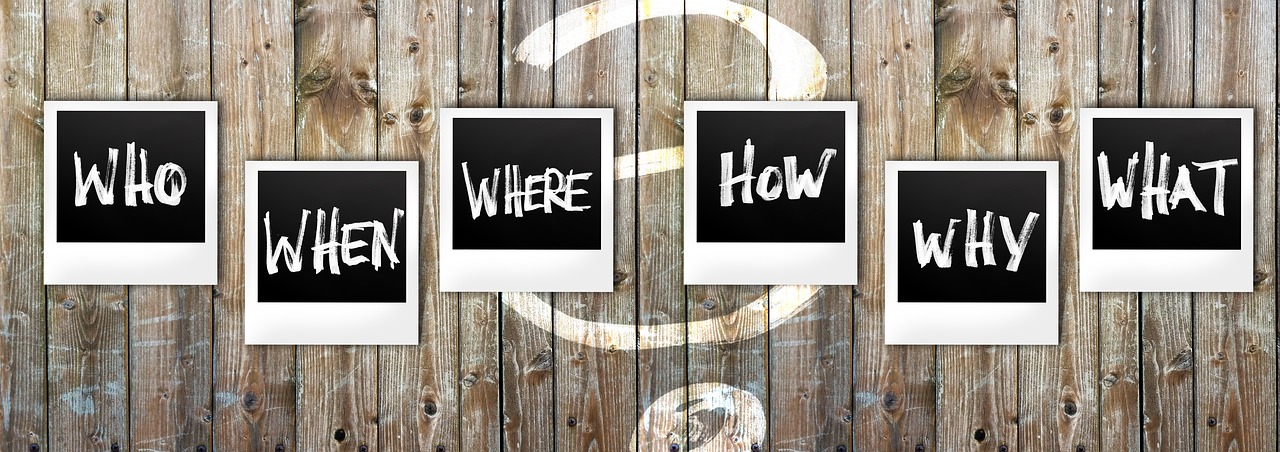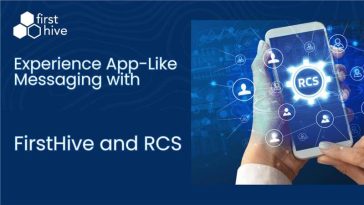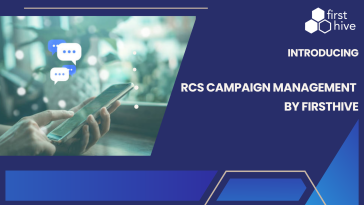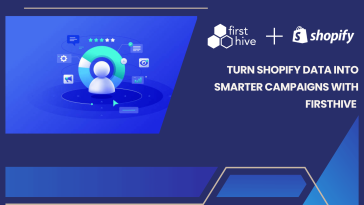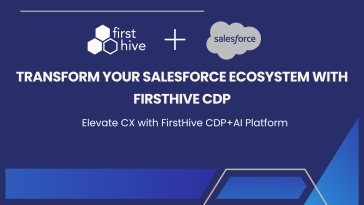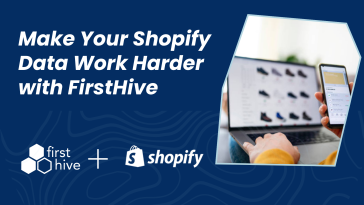With a Customer Data Platform (CDP) all you care is to have a single view of a customer with unique, yet unified identities. Based on your business criteria, features of a CDP, organizational evaluation and budget, your questions would change. If it is your first round of evaluation, there are a few questions that you should have answers to.
This list below would eliminate those options that do not meet your business needs.
Top 8 questions to ask while choosing a CDP vendor
Customer Data Ingestion
#1 Do you track People or just cookies? How do you find primary, secondary, and tertiary data? How do you deal with anonymous data?
Fully functional CDPs do not simply track cookies. In fact, they track customer identities. You would be able to understand if the CDP under evaluation has all the necessary technology, resources, and acumen to dig deep enough and bring together primary, secondary, and tertiary data that contribute to the creation of customer identities. A customer’s behavior is varied across different channels and different stages of a customer journey. This varied experience needs to be captured and used later while devising marketing campaigns.
Standalone, full-stack, and Enterprise customer data platforms track your customer identities across the online and offline media universe. If it tracks only cookies, then it is not a CDP.
#2 What are the sources from which a CDP can draw data and what formats is it comfortable to ingest, retain, and enrich?
CDPs can extract data from all the known online and offline sources of marketing information and customer interaction. CRMs and DMPs also pull data. But CDPs can also execute campaigns by pushing data. Also, find out if your set of marketing technologies are supported by the CDP for data integration. This is critical for it to support the customer journey and execute omnichannel campaigns. CDPs are capable of applying textual, imagery, video and audio formats for further analysis.
Campaign Management
#3 What are the marketing channels, media, and devices that you support to execute campaigns?
The list of marketing channels: online and offline, paid vs organic media, and devices such as a mobile phone, chat, TV, laptop, and so on from the top-level of the deeper list of the campaign ecosystem that you should refer to. The list can be longer, but these are a few basic requirements that need to be clarified.
#4 What role does the CDP play is executing any given marketing campaigns?
You could ask this with question #1. Not all CDPs allow you to use the same dashboard to launch, pause, and re-configure campaigns. CDPs that promise a single dashboard view should include these features. This includes ad campaigns, loyalty programs, retargeting campaigns, email marketing programs, tele calling campaigns, event registrations, lead generation programs, and so on. Across your customer journey imagine the combined use of a social engine, social marketing platform, marketing automation platform, and CRM. An email ID is being reused as a tweet, LinkedIn post and so on. Identifying a customer using analytics and attributing them back to what a marketer cannot see is what a CDP does. Analyzing recorded calls of an inside salesperson can be attached to the digital sequence of the customer journey. This further provides customer motivation graph or sentiment graph.
With access to real-time data, a marketer can take immediate corrective action using a Survey or form. Especially with an AI engine that FirstHive has, such measures happen intuitively.
Security & Compliance
#5 How does the CDP keep the data secure, private, and compliant?
Data is available in multiple forms and in high volume. A CDP can provide a high-functioning analytics module only when it has access to secure data without hurting privacy. Also, it is important to understand its degree of compliance with different regulatory authorities and their regulations.
How secure is my data with you? What kind of encryption standards?
Technology Enablement
#6 Is the technology upgraded enough to handle and provide real-time data, reduce IT dependency, and ease-of-use and configuration?
Technology is required to reduce costs and enhance customer experiences. Ensure that the technology behind CDPs can access and provide real-time data. Use of timely data helps in converting a lead into a customer with less cost than waiting for information and then converting a lead over long waiting periods. A CDP should be a marketer-managed-system that requires little or no support from IT teams to get started with its use.

#7 Is the CDP AI-enabled?
A CDP should be able to integrate artificial intelligence and machine learning to automate processes, keeping the intelligence intact. FirstHive uses AI and machine learning to provide features such as auto-cohort segmentation, data enrichment, campaign management and programmatic ads, retargeting, loyalty programs, and so on.
#8 Implementation, Service and Support
A CDP should be equipped to provide a smooth onboarding onto the platform. It needs to assess and accommodate to configure the platform for the entire need. Help you set up controls, permissions, customized reporting, and customized modules, specific to your business and industry. Take a look at their support systems and community to ensure that it is self-sustaining.
While this is a preliminary checklist, you could also use the detailed guide that helps you choose a Customer Data Platform. Feel free to ask questions exclusive to your problem areas.
Share with us what you are looking for at [email protected]


